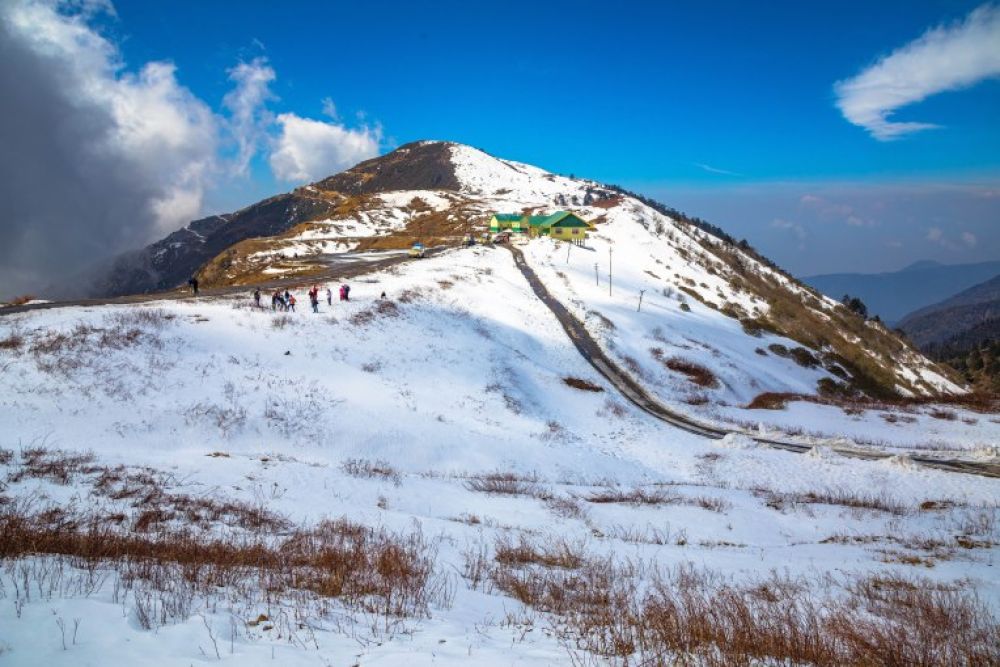

The quaint hamlets of Lungthung and Zuluk, nestled in the Eastern Himalayas of Sikkim, India, have a relatively nascent history in tourism. The region, rich in biodiversity and cultural heritage, was once a transit point on the historic Silk Route connecting Tibet with India. However, for many years, the area remained isolated from mainstream tourism due to its sensitive location near the international border with China and due to its delicate ecosystem.
Tourism in this part of Sikkim started gaining attention with the state government's initiative to promote offbeat and ecotourism destinations. Lungthung and Zuluk began emerging as tourist spots only in the early 2000s when travel enthusiasts and adventure seekers started exploring beyond the commonly travelled areas of Sikkim.
Lungthung and Zuluk being part of the Khangchendzonga Biosphere Reserve, are part of a significant push towards responsible travel. Eco-tourism initiatives have encouraged visitors to appreciate the natural beauty while minimizing their carbon footprint and respecting the local culture and traditions.
As of recent years, the tourism trend in Lungthung and Zuluk has seen an increase in sustainable travel activities. Visitors are keen on engaging with the local community, experiencing homestays, and enjoying the organic food produced in the region. The trend towards experiential travel has led tourists to seek out authentic interactions, including learning about the indigenous culture and participating in local festivals.
Another noticeable trend is the interest in adventure tourism. Travelers are drawn to the area for treks, bird watching, and the challenging drive through Zuluk's famous hairpin bends, known as the Zig Zag Road. The mesmerizing view of the Eastern Himalaya range and the sight of Mount Kanchenjunga, the world's third-highest peak, is a significant attraction.
Additionally, the government's effort to improve infrastructure, like roads and connectivity, without compromising the ecological balance, has made destinations like Lungthung and Zuluk more accessible and appealing to a broader range of tourists.
The role of social media in propelling the popularity of Lungthung and Zuluk cannot be overemphasized. The picturesque landscapes and untouched beauty of the region, shared on platforms like Instagram and Facebook, have attracted more visitors looking to discover unspoiled destinations.
In conclusion, Lungthung and Zuluk's journey in tourism is one of transformation from hidden gems to sought-after eco-tourism havens. With the growing trend of responsible travel and social media influence, these parts of Sikkim are set to become even more popular while maintaining their pristine charm and cultural authenticity.